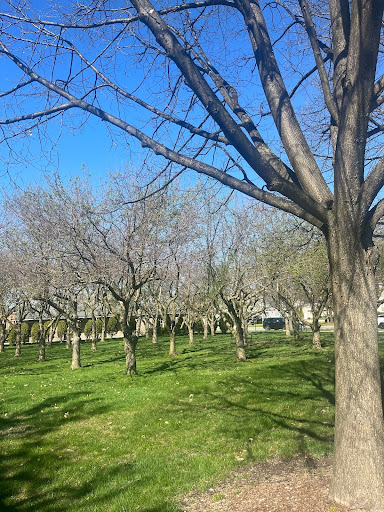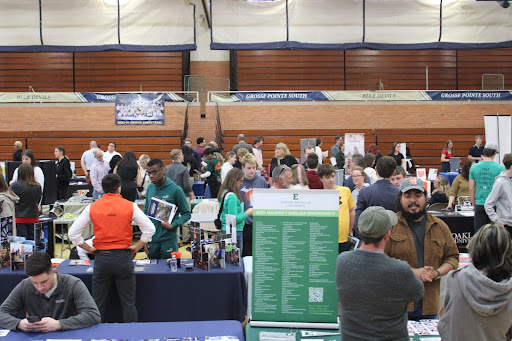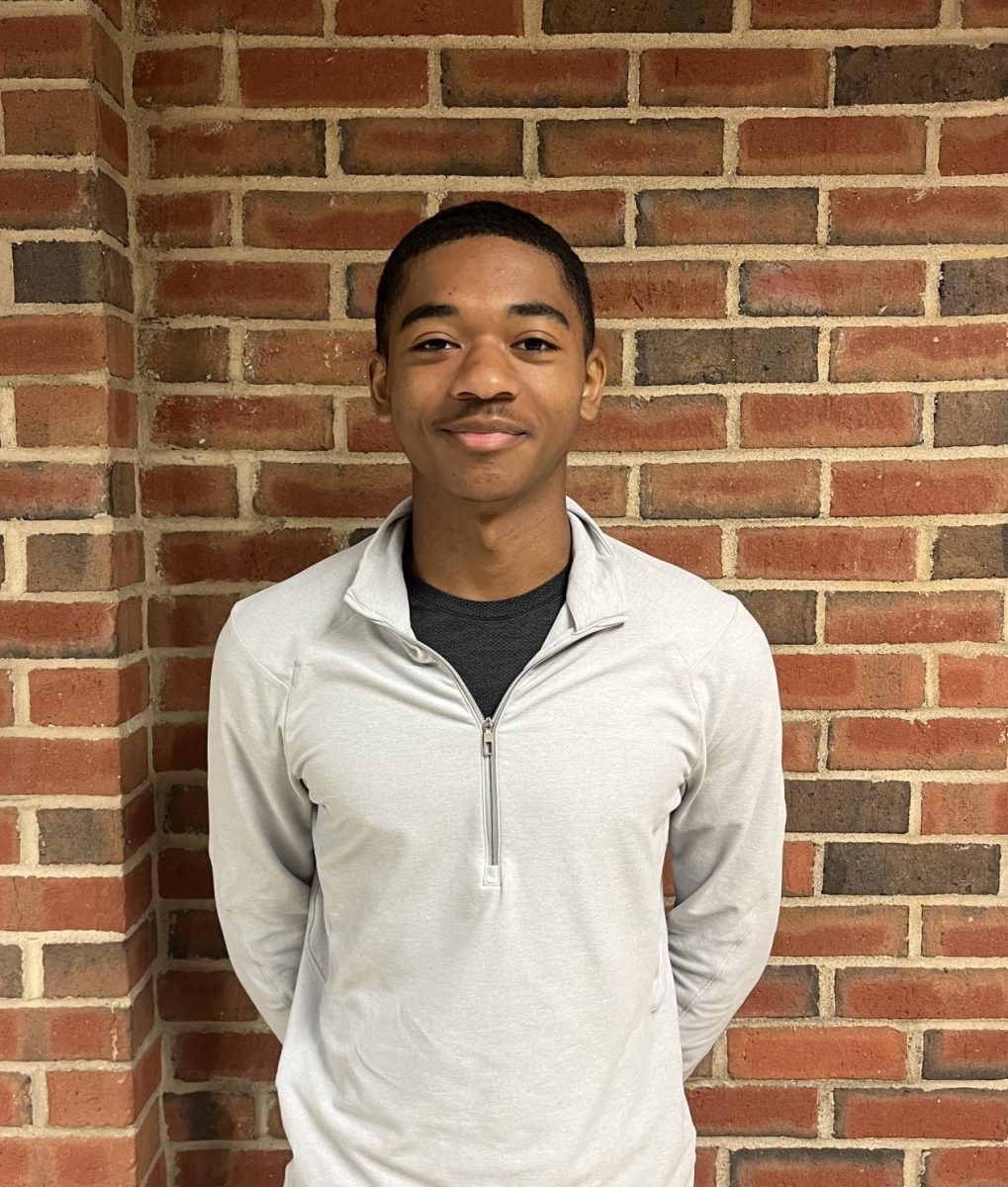
Although Titus Kaphar’s visit has been in the works for a while, it became more urgent and necessary after a recent controversy regarding a painting from his series, “From a Tropical Space,” sparked discourse among both the Grosse Pointe and school community after it was displayed at North. Student organizations have discussed this piece’s presence, specifically Black Student Alliance, whose mixed emotions mirror the community’s. Whether the painting remains or is removed earlier than intended, Kaphar’s ultimate desire is for the piece to provoke, challenge and inspire the young minds of high school students.
The unexpected journey of Kaphar’s artwork from the Detroit Institute of Arts to North, shows Kaphar’s commitment to making art accessible and relevant. As he engaged with students during his April 30 visit, he hoped to inspire a sense of possibility and empowerment, echoing his own unlikely trajectory.
“The idea of being able to share my work with high school students felt right,” Kaphar said in a 2024 interview with NPR. “It felt so different from the normal experience that I have with my work, which is in a gallery with a lot of very wealthy, elite people who stand around and pat me on the back. It was shocking for me to hear that there was a collector who was interested in not stealing his painting away, but sharing it with the community, sharing [it] with the high school.”
Despite his successful career, Kaphar never intended to become an artist. His path began with one simple sketch in his journal which eventually blossomed into vivid paintings with profound messages. Because of this, English and performing arts teacher Anna Fleury believes Kaphar’s visit was inspiring and moving for her students, especially those with learning deficits.
“He was a great speaker,” Fleury said. “He talked about how when he was in high school, he acted out a lot and failed a lot because he didn’t realize that he learned differently. He had dyslexia, and he didn’t realize it and didn’t get help. But then suddenly he did, and when he got to college, it was like, oh, ‘I can do this.’ I hope that some of our students take away that it’s okay to use your resources if you learn differently if you have a learning difference. And the sooner you can utilize those resources, maybe the sooner you’ll feel success.”
 Kaphar’s life journey gave BSA leader Andrew Bernard a greater understanding of Kaphar as a person rather than just an artist. From having trouble in school to being racially profiled by law enforcement to selling paintings for large sums of money, Kaphar divulged many personal stories that show his feelings and vulnerabilities.
Kaphar’s life journey gave BSA leader Andrew Bernard a greater understanding of Kaphar as a person rather than just an artist. From having trouble in school to being racially profiled by law enforcement to selling paintings for large sums of money, Kaphar divulged many personal stories that show his feelings and vulnerabilities.
“I honestly think it was really interesting to finally get his perspective, especially since I do help run BSA and we have discussed his artwork and the decision to put it in the school very much,” Bernard said. “So getting the actual artist’s perspective was very interesting and insightful.”
Moreover, Kaphar’s visit to North demonstrates his belief in the potential of diverse perspectives being depicted in different communities. While the piece within North has led to debate regarding its purpose in a high school, Kaphar’s art seeks to promote difficult conversation and indirectly address racial injustice.
“I came to North because the demographics of the school represent our country,” Kaphar said. “I think that students recognize it’s a gift and an opportunity to have by going to a school like this. The school gives me hope about reconciling the tragic racial challenges of the past.”
While Kaphar’s series “From a Tropical Space” was created to recognize the strength and resilience of his mother during the era of Black Lives Matter, Kaphar still emphasizes that art has the freedom to be interpreted differently. Despite the controversy, Fleury believes Kaphar’s visit showed the raw emotions that play into creating art, which magnifies that different experiences shape the understanding of the artwork.
“I think, again, it also showed that art is a form of emotional expression and can be very, very personal,” Fleury said. “But we can interpret it in different ways.”
As Kaphar hopes to evoke emotions and conversation through his art, Bernard values the complex discussions brought on by Kaphar’s work and the outlet that BSA provides. While Bernard feels positively towards the installation from “From a Tropical Place,” he respects the opinions of those around him.
“I don’t think we’ve all collectively decided on one individual thought, but I also don’t think that’s a bad thing. I don’t think our group would flourish as much as it does if we were a hive mind with all the same thoughts,” Bernard said. “The whole point is that there are differing opinions that lead to thoughtful discussion.”












